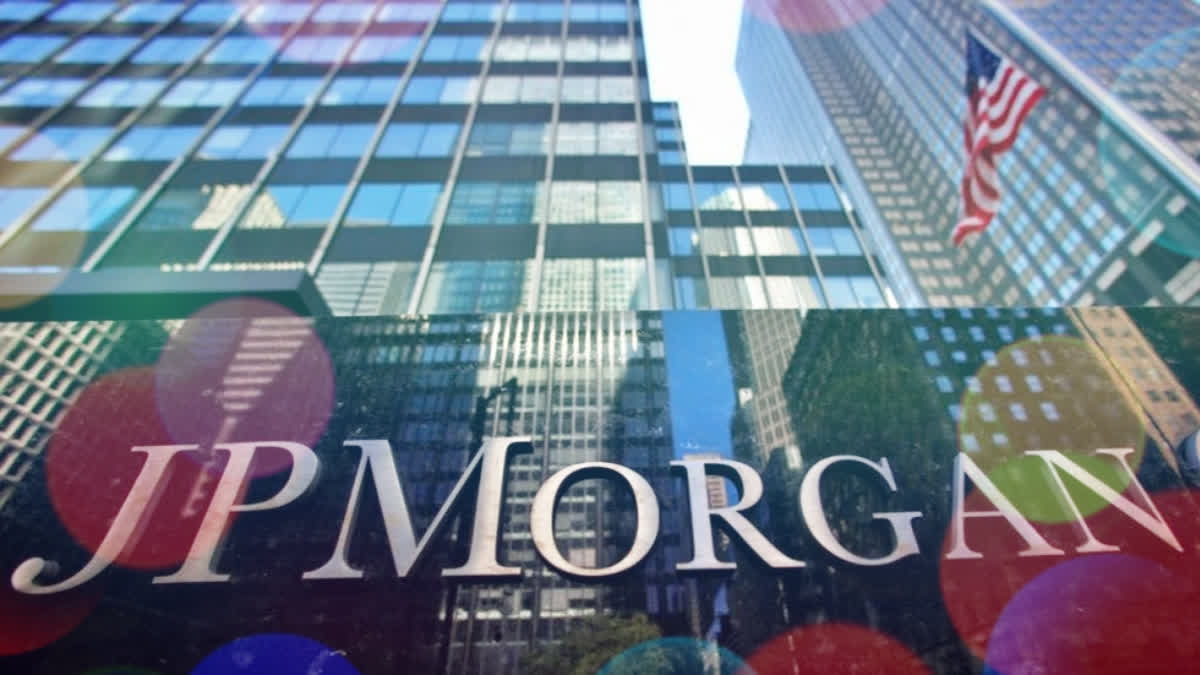Last week the largest commercial bank in the USA reported that it will add Indian Government Bonds (IGBs) to its benchmark index which is known as the Emerging-market Index Global Diversified (GBI-EMGD). Foreign ownership of Indian government bonds has been extremely low in comparison with other emerging markets such as China, Brazil, Malaysia and Indonesia among others.
The inclusion of Government of India bonds in a major benchmark index will pave the way for the government to raise billions of dollars from foreign investors which have been highly dependent on domestic sources such as Indian banks and insurance companies and the Reserve Bank of India.
JP Morgan Chase will add the Indian securities starting June next year and the country will have a maximum weight of 10 percent on the index. According to the index managers, nearly two dozen Indian government bonds with a combined notional value of $330 billion are eligible for inclusion in the index. These bonds fall under the category of fully accessible for non-residents, which means foreign investors will have no problem investing in these government bonds.
How much money can India raise?
As of August this year, JP Morgan’s GBI-EM GD, in which Indian government bonds will be included, had benchmarked assets under management (AUM) at around $236 billion.
As per some estimates, after inclusion in the index, India's weight is expected to reach the maximum weight threshold of 10 percent in the GBI-EM Global Diversified, and approximately 8.7 percent in the GBI-EM Global Index. It means there will be a likely passive flow of around $24 billion at current holdings by March 2025.
How will the money flow to India?
According to Gaura Sen Gupta, India Economist at IDFC First Bank, India will get a weight of 10 percent which will be added from next year, 1 percent will be added per month from June 2024 to March 2025. India is also expected to enter other JP Morgan bond indexes - JADE Global Diversified index, JESG GBI-EM index and other aggregate suite of local currency indexes. The assets under management (AUM) of funds tracking
JP Morgan GBI-EM family of indices is valued at 236 billion dollars. The index inclusion could result in inflows of 23.6 billion dollars into FAR G-Secs starting next year and is expected to be completed by April-May 2025.
Gaura Sen Gupta says foreign portfolio investment (FPI) holdings of outstanding G-sec could rise to 3.4 percent by April -May 2025 which has been estimated at around 1.7 percent in September this year. It means that FPI holdings in government securities will double after money starts flowing into the country from June next year.
Who has been investing in Government Securities until now?
In the absence of foreign investment into India’s bond markets in a significant way, the investor base was dominated by domestic players such as scheduled commercial banks, insurance companies, and the Reserve Bank of India.
While commercial banks accounted for 36.6 percent of investment in government securities, insurance companies accounted for 26.2 percent of the investment. These two sectors alone accounted for nearly two-thirds of investment in the government securities.
These two sectors are followed by the RBI which holds nearly 14 percent of government securities. The rest of the investment comes from provident funds, mutual funds, foreign portfolio investors, corporate and other financial institutions.
Index in JP Morgan index paves way for other indices
Gaura Sen Gupta says after the inclusion into the JP Morgan EM Bond Index, India’s chances of Inclusion into the Bloomberg Global Aggregate Index also rise. In case India is included in the Bloomberg Global Aggregate Index, it could result in inflows of 15 billion to 20 billion US dollars with India’s weight ranging from 0.6 percent to 0.8 percent.
“Given the relatively small weight, India’s inclusion could take place in one go, in case index inclusion takes place. Moreover, the BGAI country’s weight will continue to rise as the market capitalization of FAR securities rises,” she told ETV Bharat in a statement. According to Soumya Kanti Ghosh, Chief Economic Adviser of India’s largest bank – the State Bank of India, India’s inclusion in JP Morgan’s benchmark index will pave the way for the inclusion of government bonds in other larger global indices as well.
For example, another major index provider, FTSE Russell also has Indian bonds on index watch for inclusion in its emerging market gauge. Ghosh says the FTSE Emerging Markets Government Bond Index-Capped (EMGBI-Capped) oversaw total funds or assets under management (AUM) of $1477 Billion at the end of August.
“It is more than 6 times larger than JPM GBI-EM GD. If the inclusion process at JPM GBI-GM materially stabilizes, we can see another bigger inclusion by the middle of 2025,” Ghosh told ETV Bharat in a statement. He said choosing JP Morgan’s GBI EM could be a deliberate move on the part of the Government of India and the Reserve Bank of India to ensure that future developments have a natural progression as they evolve and mature organically to mitigate possible points of friction.
Foreign funds for infrastructure financing
According to some estimates, India needs an investment of 4-5 trillion US dollars by 2040 to upgrade its infrastructure.
However, arranging this huge amount of money through domestic sources is not easy and India’s inclusion in major government bond indices such as JP Morgan Chase, Bloomberg and FTSE will open the door for large foreign investors to invest in the country’s long-term government bond market that can partly meet India’s massive infrastructure financing needs.
Also read: Household financial savings declined to a 50 year low! What SBI Research says



